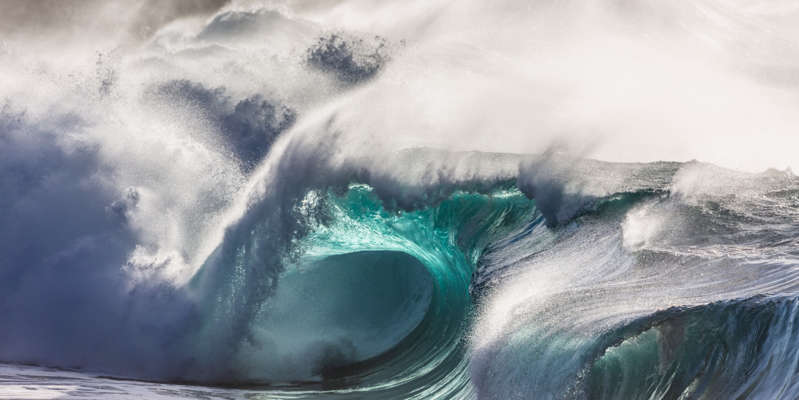
Ancient UK tsunami tracked by sediment
Scientists from the University of Sheffield (UK) have established the consequences of the most powerful tsunami that ever happened in the British Isles. This is an event called “Sturegga” (Storegga), according to The Guardian.
According to scientists, the disaster happened 8,200 years ago. A giant landslide with a volume of 95 thousand square kilometers has formed in the Norwegian Sea. Having collapsed into the water, he raised a wave 30 meters high.
Scientists believe that this is when Doggerland was flooded: the land bridge that linked the UK, Denmark and the Netherlands across what is now the southern North Sea.
A new study found that the tsunami destroyed 600 kilometers of Scotland's coastline. Had it happened today, it would have destroyed a number of cities: Aberdeen, Inverness, Arbroath, Montrose, Stonehaven, Wick. The buildings of these settlements are located just 10 meters above sea level.
To reconstruct the details of the ancient cataclysm, scientists dated and analyzed the deposits left by the wave. For this, the luminescence method was used. They first established that the tsunami penetrated 30 kilometers inland. Today, it could completely devastate the city of Montrose with a population of 12 thousand people.
“Although the Sturegga tsunami has been known for many years, this is the first time we have been able to model how far from the coast of Scotland the wave has passed,” the authors of the scientific paper noted.
Scientists stressed that the UK is still at risk of a similar catastrophe. There is no threat from Norway, but there may be floods due to volcanic eruptions around the world.
“These models give us a unique window into the past to see what the country was like and if it could suffer again,” the study said.
Earlier it was reported that artifacts, presumably associated with the sunken Doggerland, washed ashore in the Netherlands. The oldest artifacts are 800 thousand years old.

